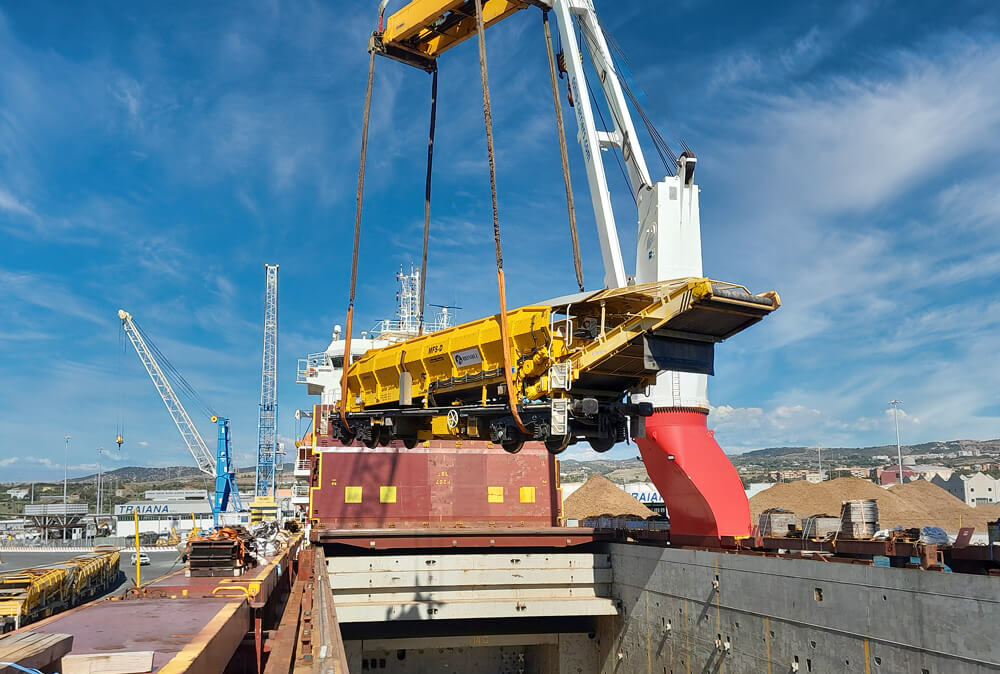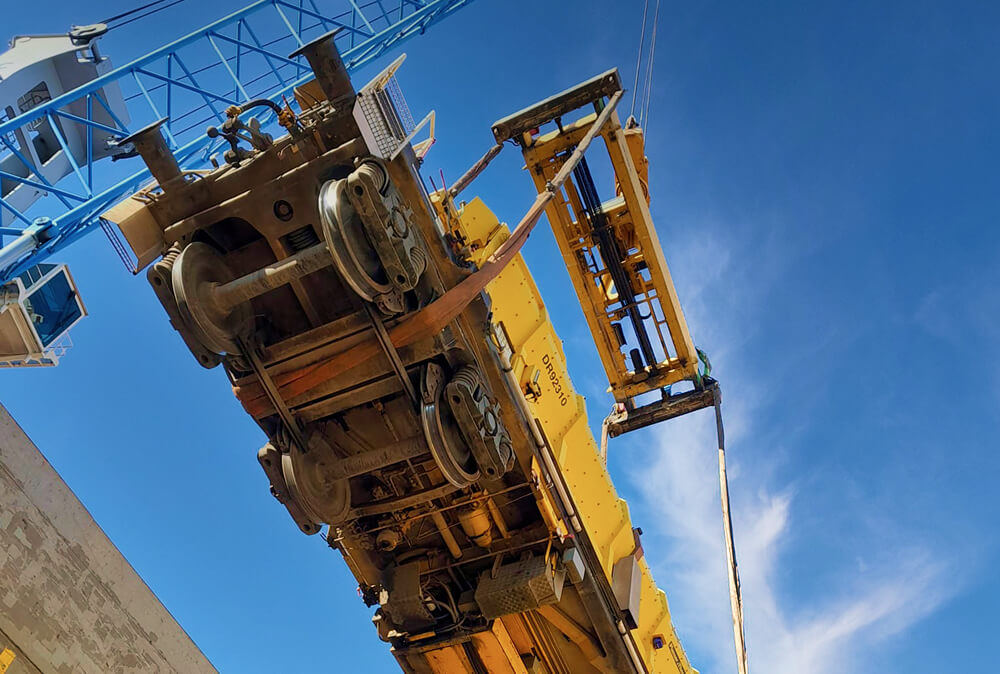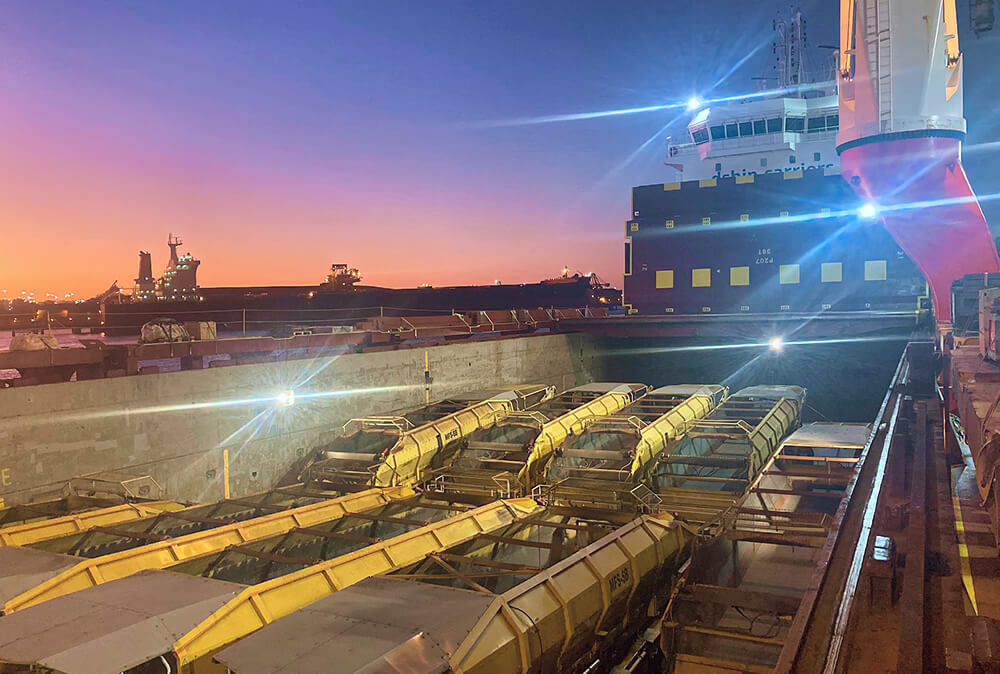

When DCS LIBURNUS PROJECT was entrusted with the full-lot shipment of 23 dismantled hopper wagons from Italy to the remote outpost of Port Hedland in Western Australia, we knew this was not just a matter of moving cargo. It was a challenge of precision, cleanliness, and coordination—across more than 11,000 nautical miles.
While the wagons themselves formed a massive steel convoy stretching over 400 meters, the real challenge came in the form of microscopic dust particles. Australian biosecurity regulations treat used machinery that has been in contact with excavated materials as a potential carrier of harmful contaminants. This meant that even the tiniest speck of soil hidden in a bolt cavity or weld seam could delay clearance or jeopardize the entire project. Balancing the immense scale of the convoy with the surgical-level precision required in cleaning was a logistical paradox—one that demanded creativity, discipline, and relentless attention to detail.

Australia enforces some of the world’s most rigorous import regulations—especially for used equipment that has come into contact with earth materials. Hopper wagons, by definition, are designed to transport aggregate, soil, and excavation residues, making them a high-risk category for biosecurity clearance.
To meet AQIS (Australian Quarantine and Inspection Service) standards, we launched a two-phase cleaning operation. The first involved high-pressure hot water washing using natural detergents, performed directly at the departure yard in Italy. Compressed air blasting followed, ensuring every cavity was clean and dry. Every detail mattered—because even a trace of debris could compromise the entire project.

Once cleaned and inspected, the 23-car convoy formed a striking 400-meter yellow line, weaving its way through the Eternal City en route to the Port of Civitavecchia. But the journey was just beginning.
At port, a second deep-clean was conducted in a specially authorized area near the quay—an operation made possible by our close collaboration with port authorities and the approval of our comprehensive HSEQ (Health, Safety, Environment & Quality) plan.
Our technical team prepared and submitted all lifting and lashing plans in advance, ensuring alignment with the shipping line and stevedores. On loading day, every step—from staging to lifting and stowage—was executed seamlessly and without interruption, a testament to the detailed pre-planning and shared method statement among all stakeholders.

After nearly 40 days at sea, our vessel made landfall in Port Hedland with the full convoy in perfect condition. Australian authorities conducted their thorough inspections—and immediately cleared the cargo thanks to the meticulous preparation and certified cleaning carried out in Italy.
From the first pressure wash to final discharge, this project showcased our ability to manage complex international requirements, anticipate compliance challenges, and execute with precision. A clean cargo, a clean record, and a clean success.
All photos and videos are created by us, showcasing real projects by DCS Liburnus.
We are at your disposal! Contact us for any questions or requests, we are here to help you.